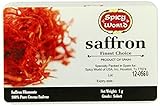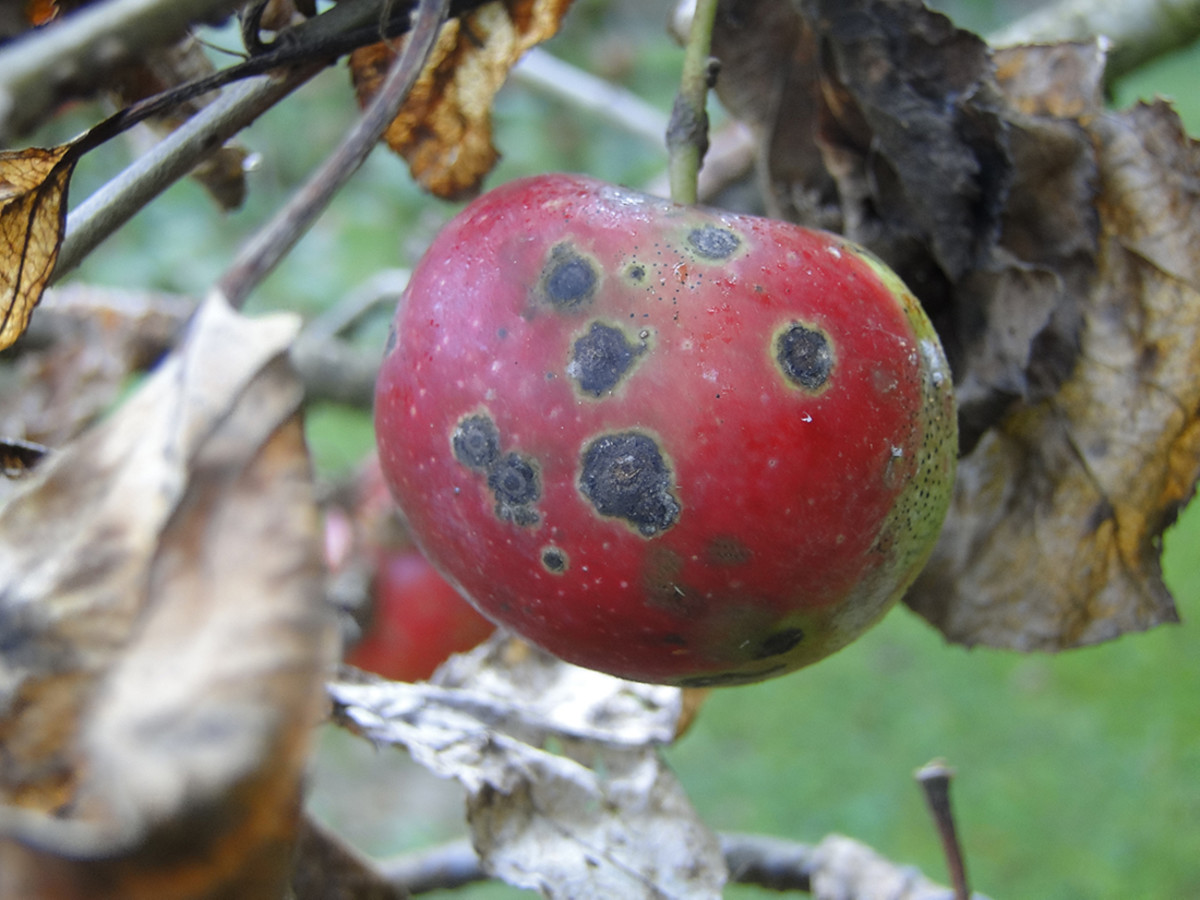Buy Saffron Crocus Sativus Bulbs Online
We think of saffron as being an incredibly expensive but flavorsome and colorful spice, and it is all of those. Great for adding to all sorts of dishes to improve flavor, saffron is something we have all heard about, but very few have tried because it is, quite simply, the most expensive spice in the world. Costing more than gold gram by gram, saffron is simply too expensive for most of living on a budget.
This is why it is a great idea to invest in some crocus sativus bulbs, and grow our own.
Saffron is the only spice in the world that comes from a flower, and that flower is a simple autumn flowering crocus, called crocus sativus.
Crocus sativus bulbs reproduce by throwing out baby bulbs every year, near to the mother plant, but those little bulblets will not produce flowers for a year or two until they reach 25cm in diameter.
Theoretically, if you invest in an initial outlay of 100 bulbs, in 5 years time you could have 10 times that amount. Those will either bring you in 10 times the amount of flowers - saffron is extracted from the stamens - or you may prefer to sell or give some away to neighbors or friends.
The global price of saffron goes up or down depending on the market, but in recent years they have reached the dizzy heights of $4,500 per kilo. A kilogram is equal to 2.2lbs, but to grow this amount of saffron, you would need to cover the equivalent of 2 football pitches in flowers planted 6" apart.
100 crocus saffron flowers planted in your garden, will bring you an annual crop of about 1 gram, which is enough for 10 -12 saffron meals. The sativus bulbs or corms, like other crocuses, can produce more than one flower.
The crocus sativus bulbs on the right here can be pre-ordered now, but will not be sent out until the middle of August, which is the correct planting time.
Should you decide to pre-order now, you will ensure a fresh supply and can be busy preparing the ground until then.
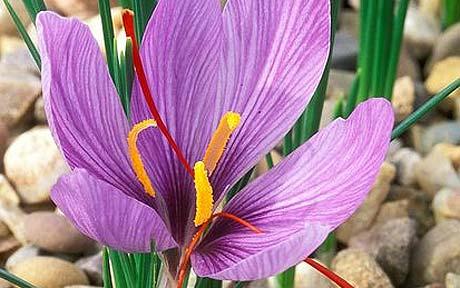
Growing Saffron in the UK - a short BBC documentary on saffron uses
Saffron Growing Conditions
You do not need a hot, dry and arid land in which to grow saffron. In actual fact they prefer cooler conditions and can even survive a degree of frost, although it is a good idea to fleece-line the ground where they are planted as added protection.
USDA zones 6 and above are considered ideal for growing saffron.
All they ask is rich, fertile, well-drained and slightly alkaline soil in which to grow, 12 hours of sunshine a day if possible and autumn rains to keep them well hydrated during their active growing season.
Plant the bulbs or corms in summer and harvest the flowers as they open in late October, early November, preferably in the morning.
The leaves, which can grow up to 12 inches high will stay on the plant after flowering and cropping is over, feeding the bulbs and the bulblets that will form over winter, eventually dying down again by summer.
By summer, they are dormant and can be safely lifted if you want to change their growing area, but most commercial growers will leave them in situ, and add mulch and farmyard manure to the soil at this time, so that when they start growing again in late August they will find plenty of nutrients in the soil around them to grow well.
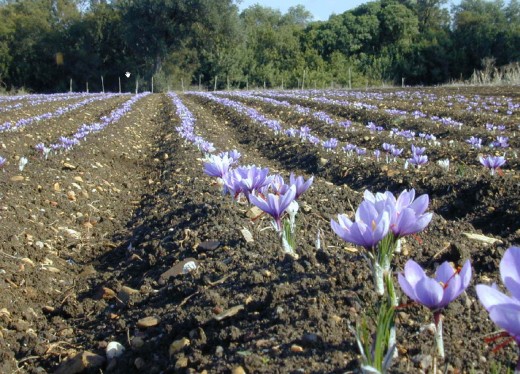
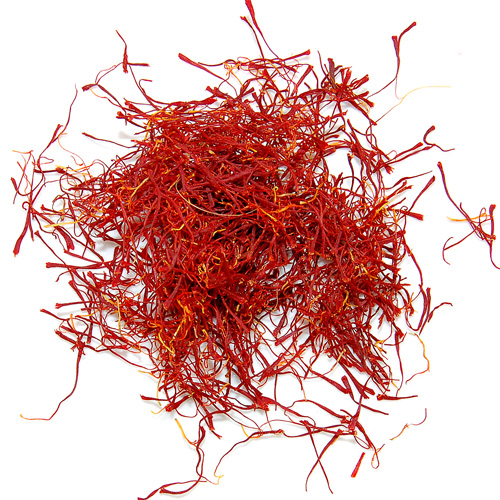
Commercial saffron growers usually lift and replant their bulbs every 4 - 7 years, even replanting the smallest corms in separate rows 6 inches apart, the same as the mature corms, because within a year or two, they too will have grown big and strong enough to flower.
Harvesting the crocus flowers is labor-intensive as they all have to picked by hand, and normally just takes a few days.,
In a dry spot, perhaps indoors at a well-covered kitchen table, the stamen are manually removed from the picked flower heads and placed to dry in an oven on its lowest setting, or in an airing cupboard, for 24 hours.
The saffron is completely dry when it crackles when you touch it.
They can then be stored in an airtight jar in a dark place until needed.
Saffron can be ground down to a powder, or placed in near-boiling water inside a lidded jar for half an hour to allow the flavor to steep out, prior to using in cooking.


